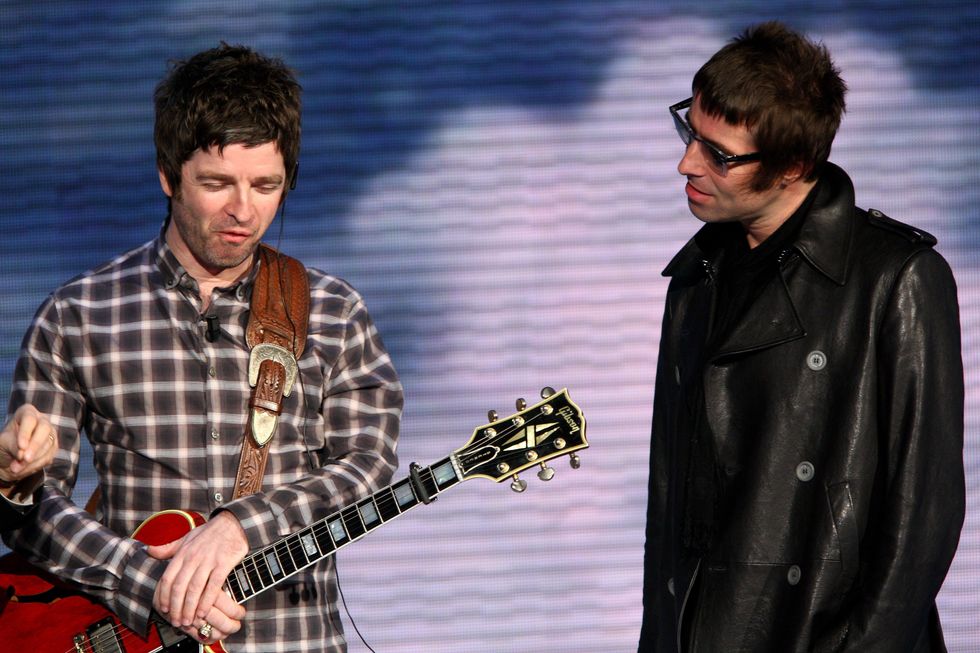THIS week sees the anniversary of the horrific Hamas attacks on October 7.
The past year has been incredibly difficult for many Londoners, particularly those with family and friends in Israel, Gaza, the West Bank, Lebanon and the wider region. We have all watched in horror at the killing and suffering of innocent civilians, the hostages still held in captivity in appalling conditions and the deepening humanitarian crisis.
At home, in the UK, we have felt the repercussions of these incredibly upsetting scenes with reports of antisemitic and Islamophobic hate crime rising. And I know this has worried Londoners and made many fearful for their safety.
When disorder hit the streets in towns and cities across the UK in the summer, this fear among our minoritised and migrant communities only intensified.
Those unacceptable scenes were a sign of divisions that have grown across our country. Divisions that have been exacerbated by public figures fuelling culture wars with irresponsible and harmful rhetoric, rising inequalities exacerbated by the previous government’s cost-of-living crisis and social media companies allowing misinformation to spread like wildfire across their platforms. All of this has acted to embolden far right extremists and increase fear in our communities.
It breaks my heart that Islamophobia, antisemitism, racism and xenophobia have become so normalised.
One of the ways to tackle this extremism is to build bridges across divided communities, embrace what we have in common and tackle those financial and other inequalities that can breed division. This is something we have always sought to do in London – and I’m proud of the way Londoners responded to the disorder, with people from all backgrounds, races and religions coming out to send a clear message that we are an open and welcoming city, united against all forms of hatred.
The capital embraces diversity as a strength and the peaceful shows of unity on our streets were inspiring and comforting. However, there is no room for complacency. Our communities are constantly changing and we have to be continuously mindful of ensuring all have access to our support.
One of the lessons from around the world is that a “hands-off” approach to social integration simply doesn’t work. And without action, the situation will only worsen. We must work hard to ensure people have what they need to get by, to have a sense of belonging in the places that they live, so they can work, learn and live alongside each other regardless of background. A lack of focus on this can breed mistrust and anxiety – fears which are then preyed on by others.
Debbie Weekes-BernardI have heard firsthand how this is aff e c t i n g Londoners from minority ethnic and migrant back - grounds. People have told me they are scared to wear head coverings and other items that represent their religion, and parents have been afraid to walk their children to school or allow them to play outside. There are countless other examples of people modifying their behaviour out of fear of abuse or attack. This is unacceptable in 2024, and in many ways it feels as though society has regressed.
I want to assure Eastern Eye readers that here in London we are not complacent. The mayor and I are working hard to understand and help address concerns expressed by communities, and we are committed to fostering equality and social cohesion so everyone in our society has the opportunity to thrive.
We have been regularly meeting with community and faith leaders to discuss how best to support people to feel safe as they go about their daily lives – while the Met Police takes a zero-tolerance approach to all hate crime.
In response to concerns raised, the mayor has provided funding for additional security training sessions in mosques and welcomed the reopening of the Government’s Mosque Security Scheme following his calls. The scheme is providing rapid security support for any buildings vulnerable to hate crime, boosting the work done by local police and building on the government’s existing Protective Security for Mosques Scheme.
For people who have been affected by hate crime, we have invested in specialist support for victims which can be accessed via the Community Alliance To Combat Hate (CATCH) website.
The mayor and I have always been clear that we shouldn’t allow the conflict in the Middle East to play out on the streets of London.
We know that one of the best ways to tackle extremism is to foster social integration between divided communities, and to grow social ties and bonds of trust between people of all backgrounds.
That’s why, through our Shared Endeavour Fund, we are helping tens of thousands of Londoners to come together and get involved in grassroots community-led projects that challenge hate, extremism and radicalisation.
This is also why we celebrate Eid, St George’s Day, Diwali, Black on the Square and Lunar New Year in Trafalgar Square in the heart of our city. These joyful occasions bring Londoners and visitors together and remind us that we have more in common than that which divides us.
The mayor and I are doing everything within our power to ensure London remains a proudly outward-looking, global city where people from all cultures, faiths, communities and nationalities are celebrated and can live side-by-side without fear of discrimination or persecution.
By continuing to create opportunities for people to come together within communities, we build kindness and empathy and ensure that our growing diversity strengthens rather than erodes the social fabric of our neighbourhoods.
(The author is London's Deputy Mayor for Communities and Social Justice)






 Aamir Khan sports a rugged look with pipe and vest in Coolie cameoInstagram/
Aamir Khan sports a rugged look with pipe and vest in Coolie cameoInstagram/









 Noel Gallagher and Liam Gallagher at "Che Tempo Che Fa" Italian TV ShowGetty Images
Noel Gallagher and Liam Gallagher at "Che Tempo Che Fa" Italian TV ShowGetty Images 
 Heehs describes two principal approaches to biographyAMG
Heehs describes two principal approaches to biographyAMG